Unlocking Profit: How Generative AI is Redefining Investment Strategies for Tech Companies

Navigating the Rapids: Understanding the Current Landscape of AI Investment Trends
Unlocking Profit
Are you feeling overwhelmed by the rapid advancements in artificial intelligence? With headlines proclaiming transformative potential and discussions of exponential growth dominating business news, it’s natural to wonder: is now the right time to invest in AI? More than just hype, the current wave of AI – particularly Generative AI Business Integration – is reshaping industries and creating unprecedented investment opportunities. Understanding these AI Investment Trends is no longer optional; it’s a crucial step for forward-thinking investors and businesses alike. This post dives deep into the evolving world of AI investment, providing data-driven insights, actionable strategies, and essential considerations for navigating this exciting, yet complex, landscape.
Key Concepts & Trends
The AI revolution isn’t a singular event; it’s a confluence of technologies maturing and converging. Currently, several core concepts are driving AI Investment Trends.
Generative AI: This is arguably the hottest topic. Models like ChatGPT, DALL-E 2, and Midjourney can create text, images, audio, and even code. It’s not just about creating novel content; it’s about automation, personalization, and boosting creativity across various sectors. Think of it as a digital apprentice capable of accelerating workflows.
Machine Learning (ML) Operations (MLOps): Moving AI from the lab to real-world applications requires robust infrastructure and processes. MLOps focuses on streamlining the entire machine learning lifecycle – from model development and deployment to monitoring and maintenance – making AI practical for enterprises.
Edge AI: Processing AI algorithms directly on devices (like smartphones, sensors, and IoT devices) rather than relying solely on cloud computing. This reduces latency, improves privacy, and enables AI applications in remote or offline environments.
Quantum Computing (Emerging): While still early-stage, quantum computing has the potential to revolutionize AI by enabling the training of significantly more complex models, leading to breakthroughs in areas like drug discovery and materials science.
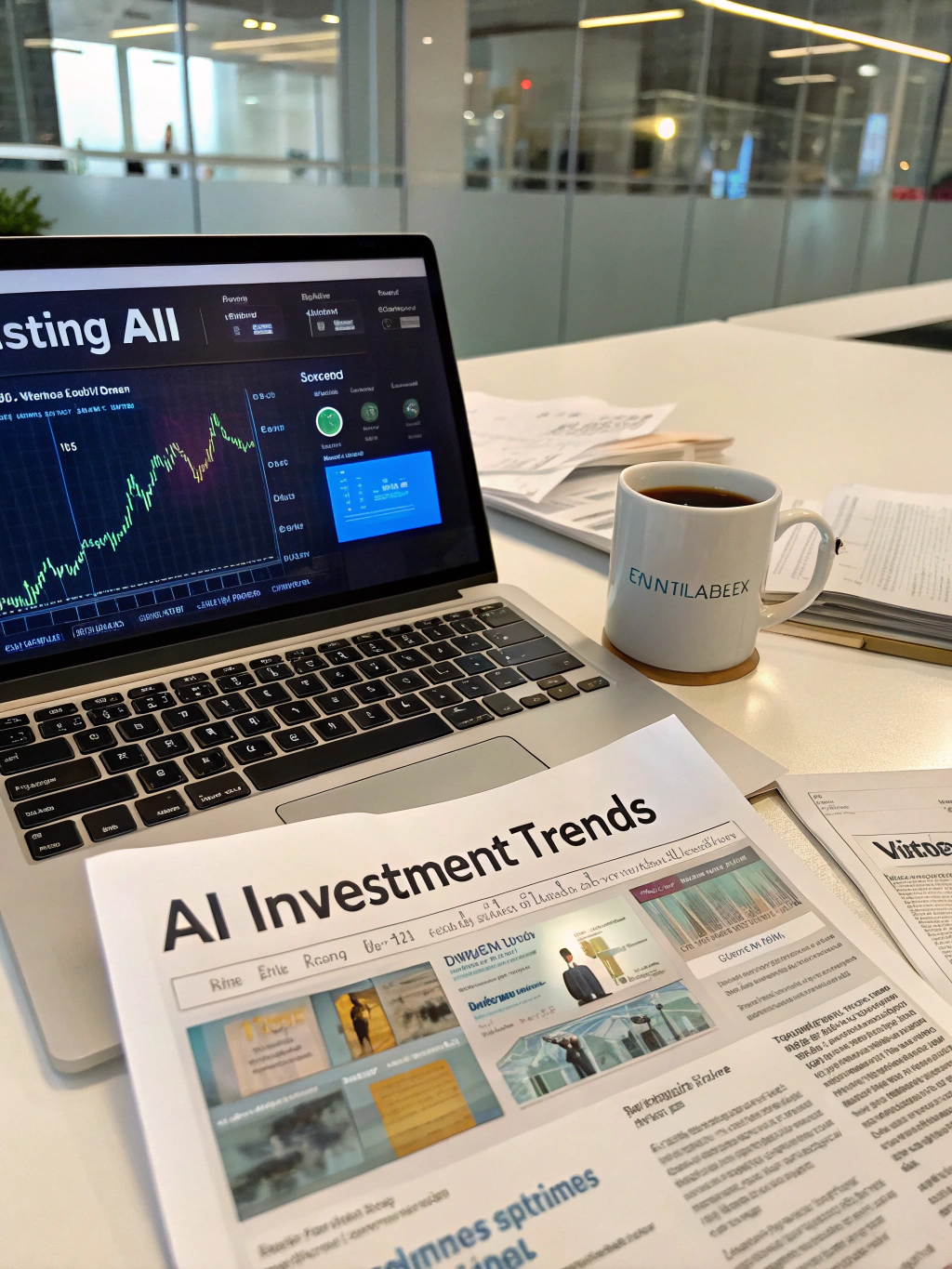
Data & Market Insights
The numbers paint a compelling picture of the burgeoning AI market. According to a recent report by Grand View Research, the global AI market size was valued at USD 244.17 billion in 2023 and is projected to reach USD 1.83 trillion by 2030, growing at a CAGR of 34.1% from 2024 to 2030.
Another crucial aspect highlighted by McKinsey & Company is the significant economic potential of Generative AI Business Integration. Their research estimates that generative AI could contribute up to $2.6 trillion to the global economy by 2030 – significantly exceeding initial projections. [ Generative AI Business Integration ]
Specific investment patterns show a strong concentration in these areas:
- Software: Receiving the largest share of AI investment, reflecting the dominance of software-as-a-service (SaaS) models for AI applications.
- Hardware: Significant investment is flowing into specialized AI chips (GPUs, TPUs) to support the computational demands of AI models.
- Data: The increasing importance of “data as fuel” for AI is driving investment in data collection, labeling, and management platforms.
Smarter Strategies & Alternatives
Simply throwing money at any AI project isn’t a winning strategy. Here are some refined approaches:
Focus on Specific Niches: Instead of broad AI investments, consider focusing on industries where AI can deliver immediate and measurable ROI – healthcare (drug discovery, diagnostics), finance (fraud detection, algorithmic trading), and retail (personalized recommendations, supply chain optimization).
Explore AI-Powered Platforms: Many platforms are democratizing AI access, allowing businesses without extensive AI expertise to leverage its power. Examples include:
- DataRobot: Automated machine learning platform.
- H2O.ai: Open-source machine learning platform.
- Google Cloud AI Platform: Provides tools and services for building and deploying AI models.
Consider Tokenized AI: The rise of decentralized finance (DeFi) is bringing new financial instruments to the AI space. Tokenized AI projects offer investors exposure to AI assets and the potential for yield. However, remember the higher degree of risk associated with these alternatives.
Use Cases & Applications
The practical applications of AI are exploding across all sectors:
- Healthcare: AI algorithms assist in diagnosing diseases, personalizing treatment plans, and accelerating drug discovery. For example, companies like PathAI are using AI to improve cancer diagnosis accuracy.
- Finance: AI powers fraud detection systems, algorithmic trading platforms, and personalized financial advice.
- Retail: AI drives personalized product recommendations, optimizes inventory management, and enhances customer service through chatbots.
- Manufacturing: Predictive maintenance using AI reduces downtime and improves operational efficiency.
- Content Creation: AI powered tools allow users to rapidly create visuals and text, unlocking new levels of marketing, design and productivity.
Common Mistakes to Avoid
- Lack of a Clear Strategy: Don’t adopt AI just because it’s trendy. Define specific business problems you want to solve with AI and align your investments accordingly.
- Ignoring Data Quality: AI models are only as good as the data they are trained on. Invest in data cleaning, validation, and governance.
- Underestimating Talent Needs: Building and deploying AI solutions requires skilled data scientists, machine learning engineers, and AI ethicists.
- Overlooking Ethical Implications: Bias in AI models can perpetuate societal inequalities. Prioritize fairness, transparency, and accountability in your AI initiatives.
Maintenance, Security & Long-Term Planning
AI models require ongoing maintenance and monitoring to ensure accuracy and prevent “drift” (where model performance degrades over time). Implement robust testing and retraining pipelines.
Cybersecurity: AI systems are vulnerable to adversarial attacks. Implement security measures to protect against data poisoning and model manipulation.
Regulatory Considerations: Be aware of evolving AI regulations (e.g., GDPR, AI Act) and ensure your AI practices comply with these requirements.
Summary & Key Takeaways
AI Investment Trends are poised for continued explosive growth. The key is to approach these opportunities strategically, focusing on specific use cases, prioritizing data quality, and addressing ethical considerations. Exploring platforms, and diversifying strategies provide further stability. Don’t be afraid to experiment, but always base your decisions on data and a clear understanding of the risks and rewards.
Ready to dive deeper? Share your thoughts on the future of AI in the comments below! And don’t forget to explore these related articles:
- [Link to a relevant article about AI ethics]
- [Link to a resource on AI talent acquisition]
- [Link to an article about the future of work with AI]
FAQs
Is it too late to invest in crypto? While specific crypto investments are risky, the underlying blockchain technology and its integration with AI have significant long-term potential. Explore AI-powered crypto trading tools and DeFi platforms.
How can small businesses use AI? Start with simple AI tools for tasks like customer service (chatbots), marketing automation, or data analysis.
What tech stacks scale best? Cloud-based platforms like AWS, Azure, and Google Cloud offer scalability and flexibility for AI deployment. Consider using containerization technologies like Docker and Kubernetes for managing AI applications.
Share this content:

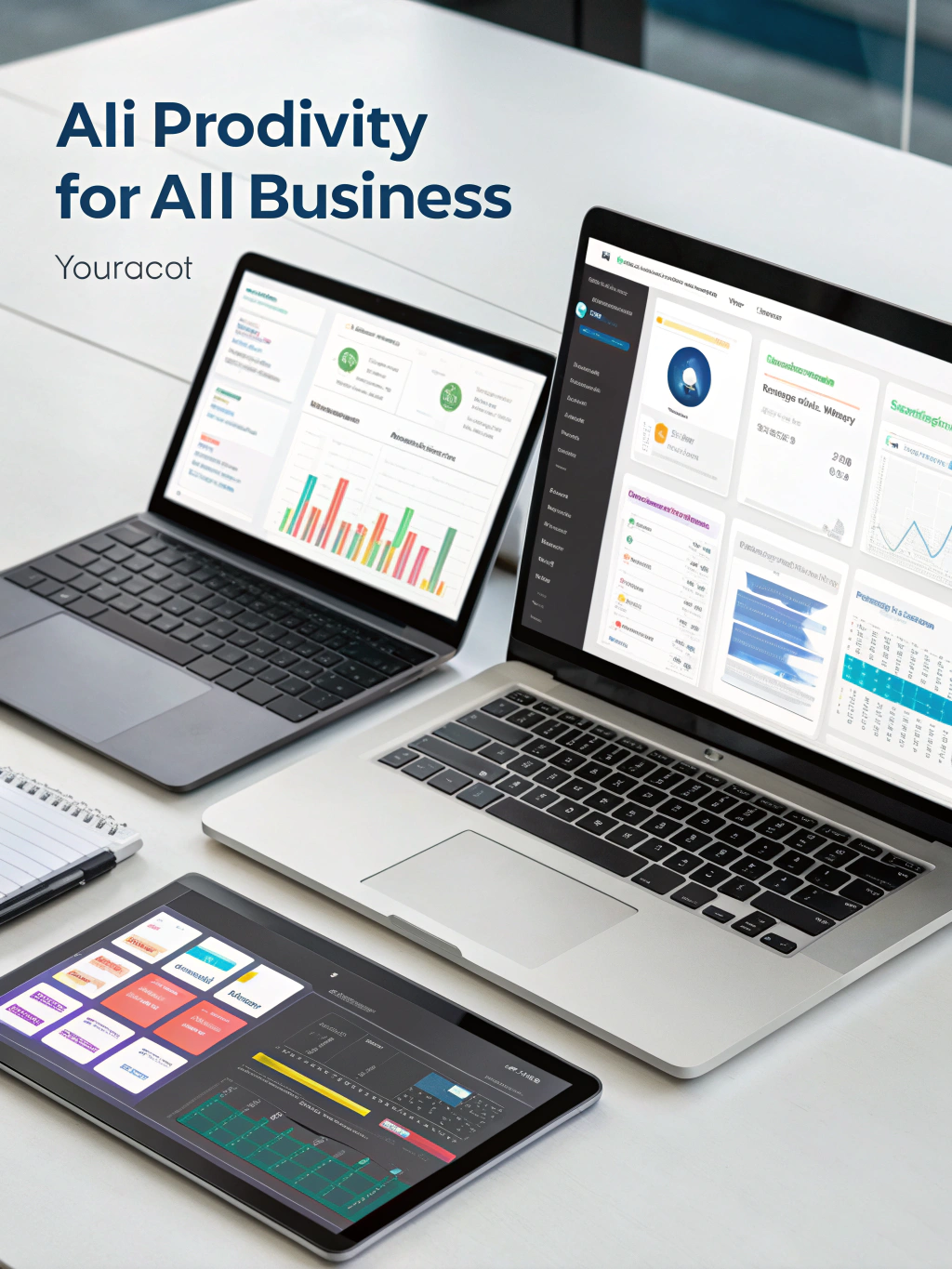
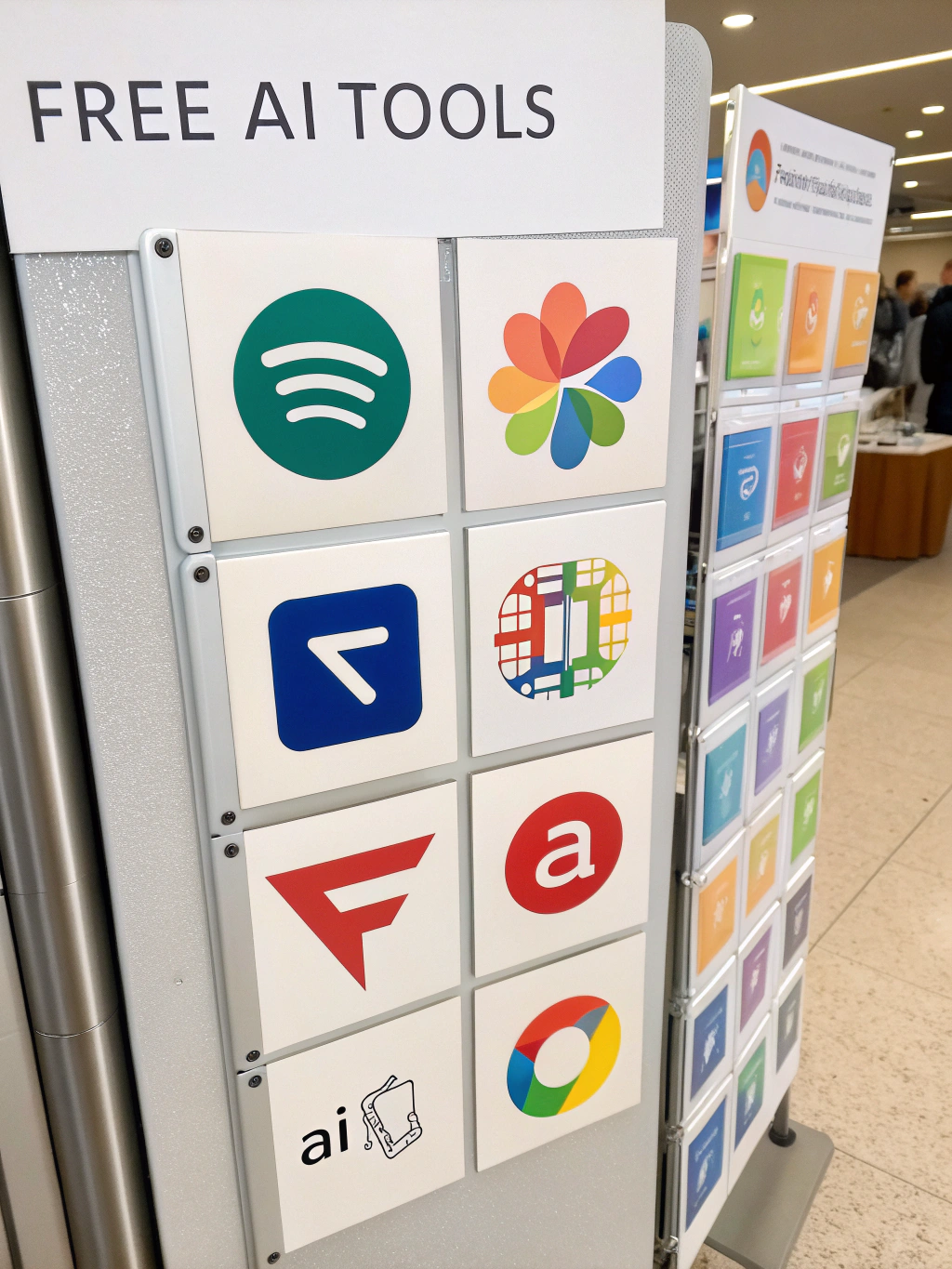






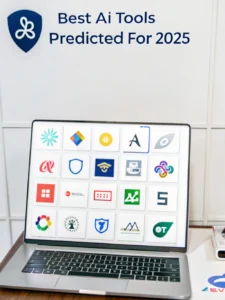

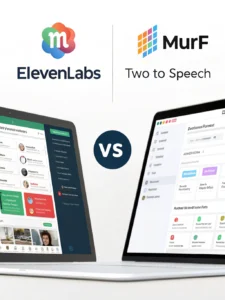


Post Comment